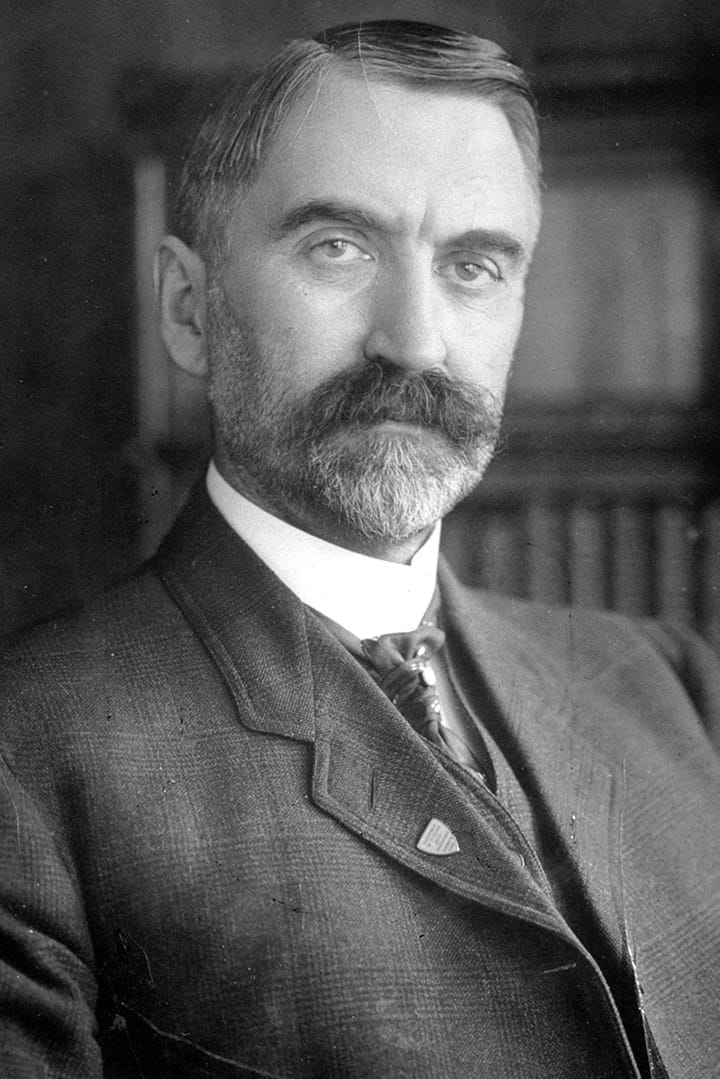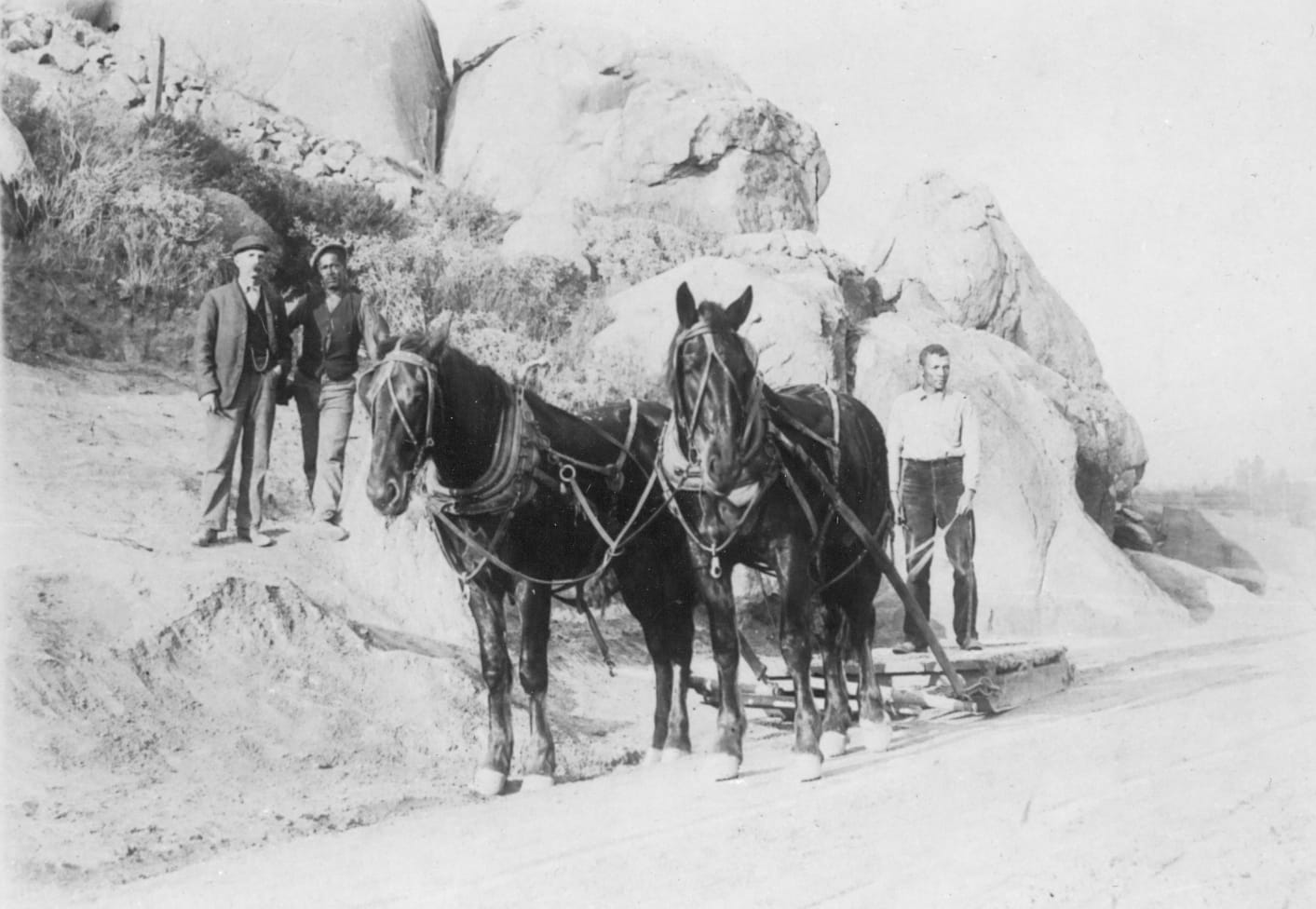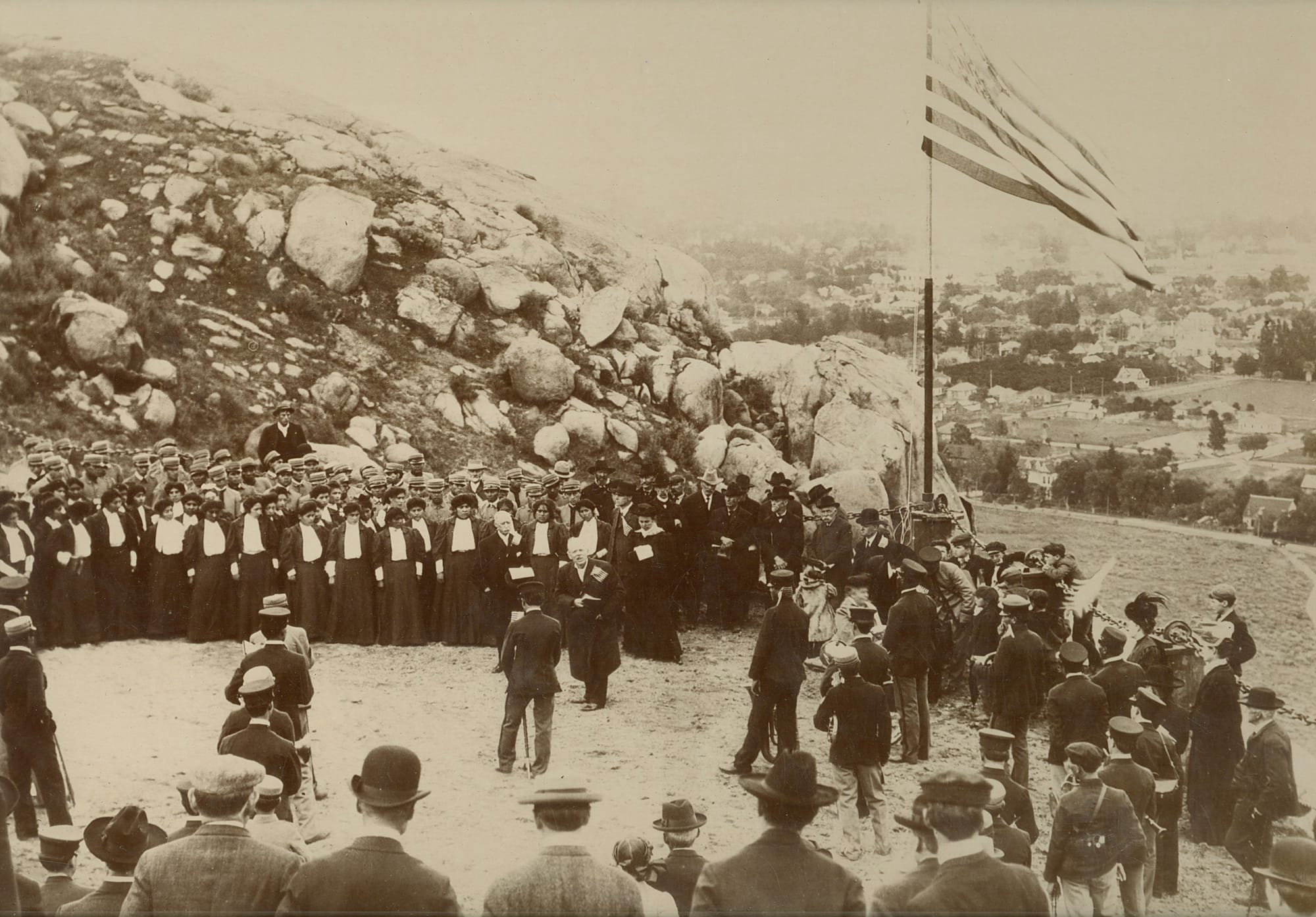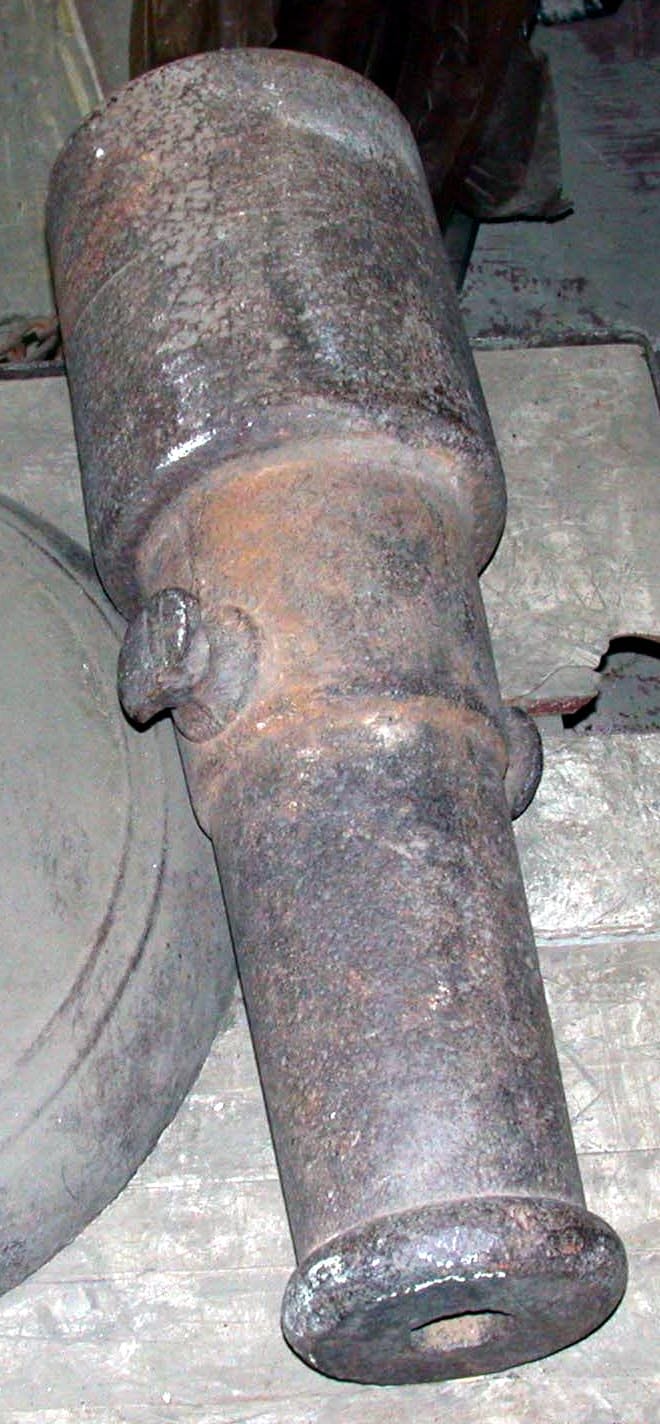🗞️ Riverside News- December 17, 2025
Puerta joins Ward 6 race, ArtsWalk shopping event, RUSD STEM award...
How a road engineer's tribute became a whimsical military installation complete with San Francisco cannons and earthquake-surviving anchor chains.

Late in 2023, the Friends of Mt. Rubidoux produced and premiered the documentary "Keeping the Watch," a history of the mountain that looms over the city of Riverside, the film can be viewed at mt-rubidoux.org. That phrase can also be used to describe the fort on Mt. Rubidoux, which "guards" the city.
How many of you are aware that Riverside has a famous fort? Back in 1906, Frank A. Miller of the Mission Inn, as part of the Huntington Park Association, built a road up and back down Mt. Rubidoux for people, and especially visitors to his Glenwood Mission Inn, to traverse the mountain and see the beautiful vistas of Riverside and its orange groves. Miller obtained the services of Hiram M. Chittenden, from the Army Corps of Engineers, to design the road.


From left to right: Hiram M. Chittenden (Public Domain), Gunnar, standing at far left, supervising Construction Crew (Courtesy Marjorie Kjellberg Conry).
Miller met Chittenden, who designed the roads through Yellowstone Park, while Frank and his wife, Isabella, passed through Yellowstone in 1905. Chittenden arrived by train at Riverside on Feb. 26, 1906, to inspect and survey Mt. Rubidoux and come up with a plan to surmount the scenic mountain. He remained in Riverside through March 10, laying out a picturesque road for carriages and automobiles. Miller had wanted a road like the one on Smiley Heights in Redlands, but Chittenden proposed a unique road that preserved native vegetation and offered visitors an incredible drive. He declared that outside of the road on Mt. Washington in Yellowstone, there would be nothing in the United States to compare with the proposed Huntington Park Road.
After Chittenden left, having presented a bill of $250, the actual physical work began. The Alsop Engineering and Construction Company of Los Angeles won the bid to build the road. One of the workers who supervised one of the construction crews was Gunnar Kjellberg, about whom you read a few weeks ago in this column.
As the road neared completion, the newspaper reported that blasting could still be heard as the crew obtained rock to line the road with a rock guardrail. The paper also reported that several cannon and a huge anchor chain from the port of San Francisco were placed at a flat location along the road descending the mountain. This place was named Fort Chittenden in honor of Hiram Chittenden.

The Riverside Enterprise facetiously wrote on Feb. 7, 1907:
Fort Chittenden is being furnished for defense by placing several huge cannon on duty, in case their use becomes necessary during the Japanese war, which is now the talk from Roosevelt at Washington to Schmitz at San Francisco. In addition to the cannon, a huge anchor chain which passed unscathed through the San Francisco earthquake will be put to use to repel boarders should it come to close quarters in the defense of the fort.

After the road was finished, it was called Huntington Drive in tribute to Henry H. Huntington, the most significant contributor to the Huntington Park Association, which developed the mountain. Miller then did what he had often done: he planned a dedication ceremony. He invited Jacob Riis, a prominent social writer from New York, to serve as the speaker. The road dedication ceremony occurred on Feb. 22, 1907, at Fort Chittenden. The ceremony began with the gathered crowd singing America. Charles Loring acted as master of ceremonies and introduced Riis. As Riis raised a flag on the new flagpole, the Sherman Institute band played The Star-Spangled Banner. In his speech that followed, Riis tied together events in California history, referring to the cross and flag.

After other songs, Riis called for three cheers for the flag and then three cheers for the President. Mr. Loring then proposed three cheers for Jacob Riis, followed by three cheers for Frank Miller, who made the road and ceremony possible. The crowd responded with rousing cheers each time. This concluded the first ceremony held on the newly opened Mt. Rubidoux, an event held at Fort Chittenden.
The local papers did not let the humorous picture of the fort guarding Riverside go away. On Dec. 16, 1907, the Daily Press ran the following sentences:
There has been a very general observance here today of the special flag day in honor of the departure of Admiral Evans' big fleet for the Pacific coast waters. Riversiders are patriotic folks, and we feel the need as well of protection against hostile fleets that might steal up the Santa Ana River and capture Fort Chittenden on Rubidoux.
Whatever happened to the four cannon at Fort Chittenden, which were helping keep a high watch over the city? As with so many items from Riverside history, we do not know. Except for one. One of the cannon, the smallest of the four, from a ship named the Penelope, ended up in the collection of the Museum of Riverside. According to the accession record card, the cannon was a gift to the museum in November 1976, having been found on the mountain around 1970. The cannon measures 2 feet 8 1/2 inches, but weighs a lot. I remember attempting to lift it when it was brought over from the Riverside Museum to the Mission Inn Museum for an exhibit from July through October 2013 called "A Community's Love Affair with a Mountain."


The Cannon Penelope, Close-up Photo of Penelope (Courtesy of the Museum of Riverside)
Over the years, the area known as Fort Chittenden fell into disrepair. Some years ago, many of the chains on the mountain were missing. George Flower, the late president of the Friends of Mt. Rubidoux, went to Long Beach, obtained links of chain, and helped replace many of the missing sections. At one point, some of the stone pillars were hanging over the edge, held up only by sections of the chain. Several years ago, the Riverside Parks and Recreation Department invested time and funds in fixing the area. Today, the area is clean with the stone pillars and the anchor chains properly in place. Yet many people are unaware of the site's name, Fort Chittenden, or its history. As you travel down from the cross area at the peak, you cross over the Ben Lewis Bridge. After dropping down from the bridge, Fort Chittenden is the open area to your left. Stop the next time you walk the mountain and contemplate the history connected with Hiram Chittenden and the fort in his honor. Think about the fort that is "Keeping a High Watch" over the city.

Let us email you Riverside's news and events every morning. For free!